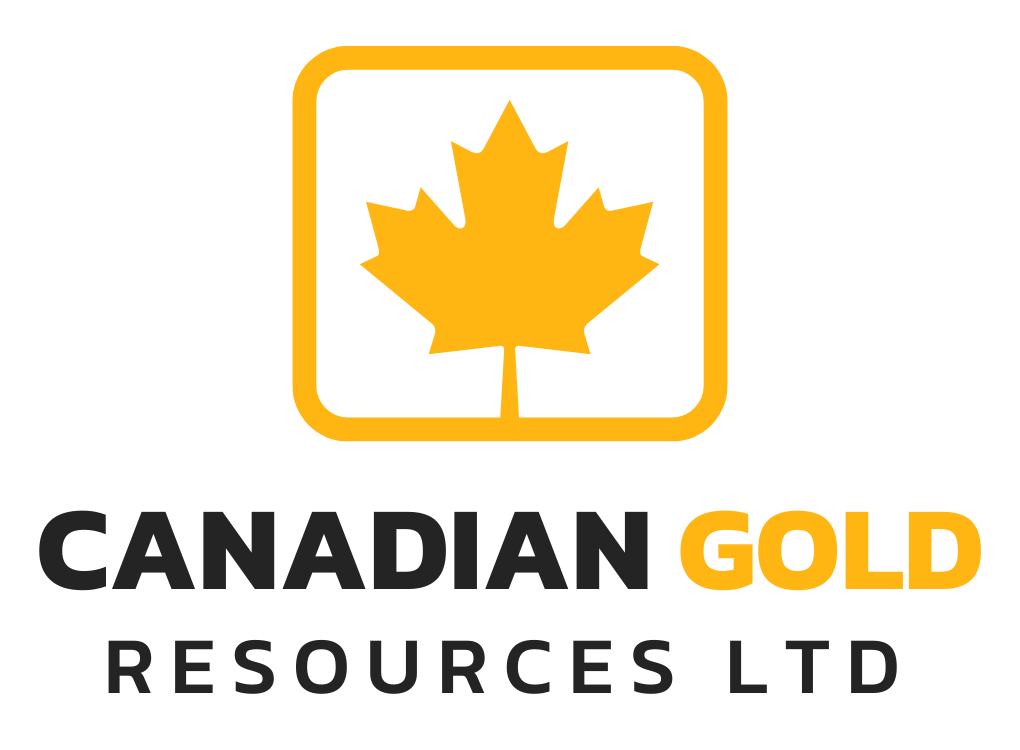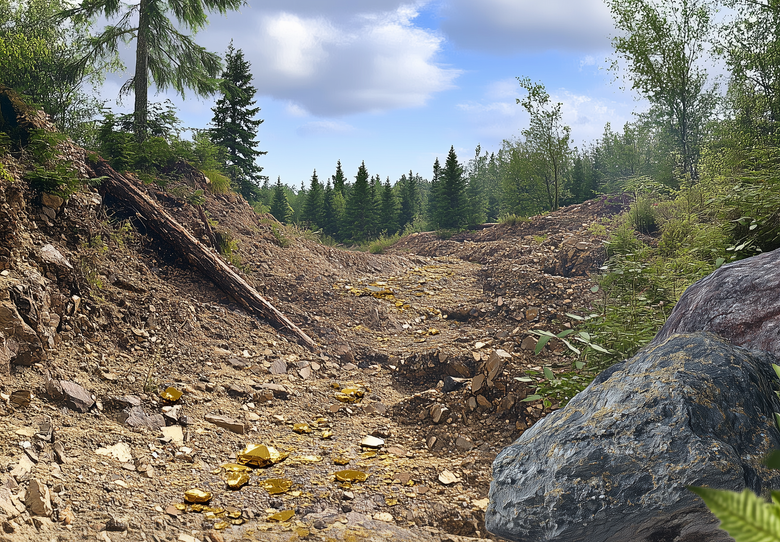TSXV: CAN
Offering Unique Yield Potential in Resource Exploration
Near-term Path to Cash Flow
Canadian Gold Resources (TSXV: CAN) is focused on developing known, historic high-grade gold projects in the Gaspé Gold Belt of Quebec. With a bulk sample extraction project planned for 2025 and a clear path to near-term cash flow, we aim to deliver value to our shareholders in the form of early dividends—something rarely seen in junior gold exploration.*
Why Invest in Canadian Gold Resources?

Near-Term Cash Flow Potential
Our upcoming bulk sample at the Lac Arsenault property is projected to generate *CAD $9 million in revenue, with dividends expected in the first year of operations.
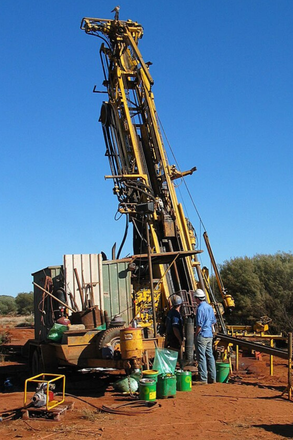
Proven Gold Projects
Advancing 3 high-grade, historically explored, 100% owned gold projects located along Quebec and Newfoundland's prolific Grand Pabos Fault.

Seasoned Leadership
Our team of mining professionals, including industry veterans who led Major Drilling and Colibri Resource Corp, ensures project execution and value creation.
This is forward-looking info (FLI). Readers are advised to refer to the full forward-looking statement contained in our Terms & Conditions for important details regarding assumptions, risks, and uncertainties associated with such information.

The Grand Pabos Fault
The Grand Pabos Fault is a major geological structure that spans Quebec’s Gaspé Peninsula and extends into Newfoundland, creating an ideal corridor for mineralization, particularly for gold. This fault influences hydrothermal processes that transport and deposit gold, attracting exploration from companies like Canadian Gold Resources Ltd., which has three active projects along the fault. Its structural complexity has led to multiple high-grade gold discoveries, drawing continued exploration interest and supporting economic growth in the region.
In Newfoundland, similar fault systems within the Central Newfoundland Gold Belt, such as the Appleton Fault, host significant gold deposits. Notable projects include AuMEGA’s Cape Ray Shear Zone Project (610,000 oz Au), New Found Gold Corp.'s high-grade Queensway Project, and Calibre Mining's Valentine Gold Mine (5.1 million oz Au). Additionally, Maritime Resources' Hammerdown Mine, with 370,000 oz Au, and Big Ridge Gold's Hope Brook Mine, hosting 1.44 million oz Au, underscore the region's potential. Collectively, these projects highlight the mineral wealth along these fault lines, making the Grand Pabos Fault and its associated structures across Eastern Canada a key focus for high-grade gold exploration.
Download Our Corporate Presentation
Get an in-depth look at Canadian Gold Resources corporate strategy, industry expertise, and project details. Download our corporate presentation to discover this near-term cash flow gold junior.

Recent News
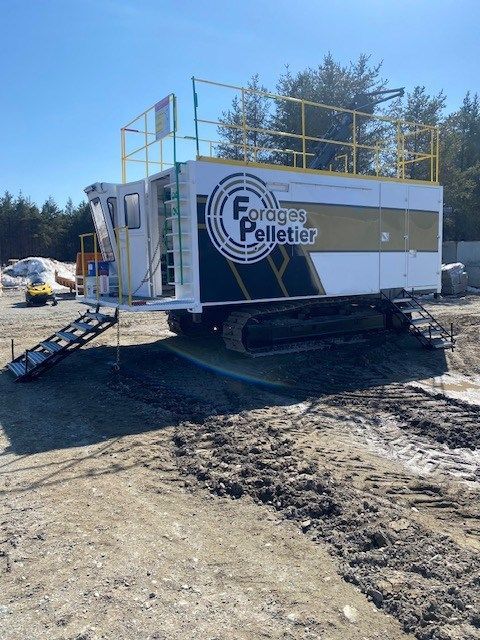
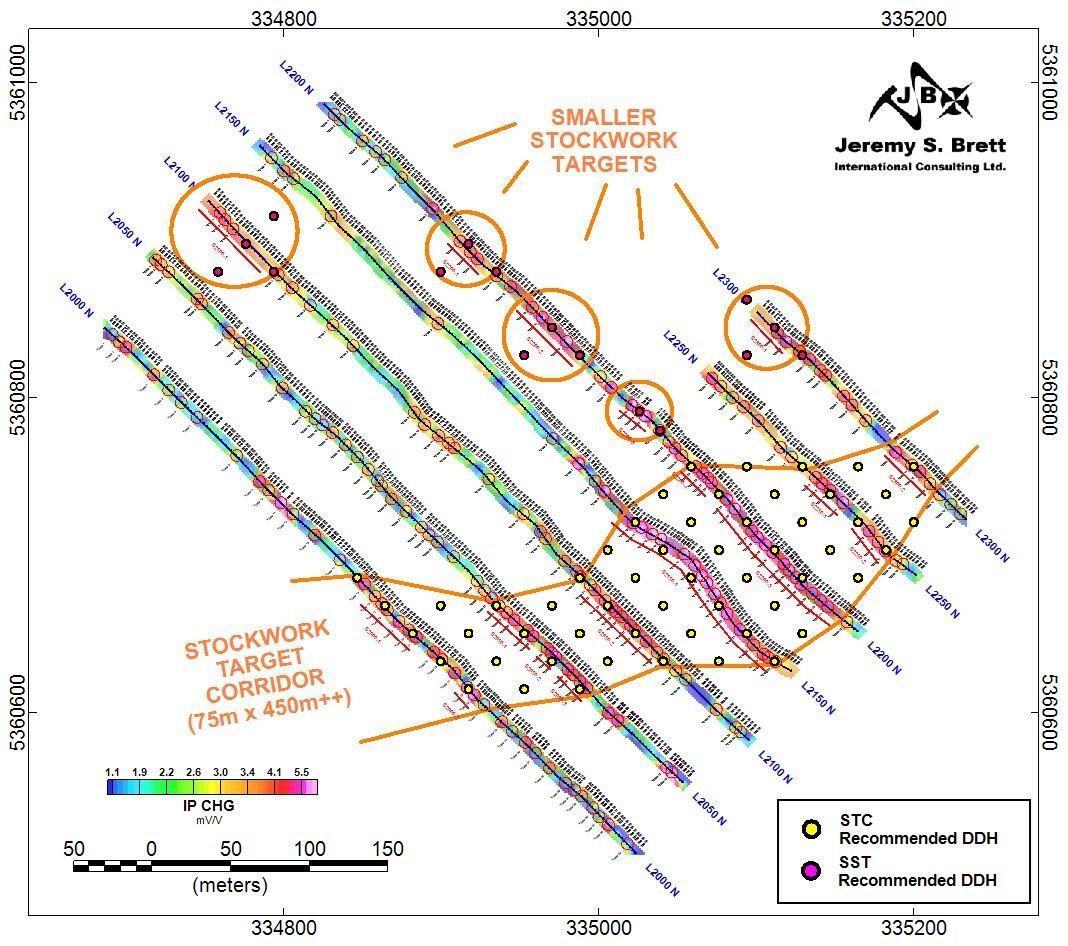
Project 1: Lac Arsenault
Lac Arsenault is our flagship project, with a bulk sample planned for 2025 that is projected to yield 4,000 oz of gold and CAD $9 million in revenue. With historical grades as high as 15.43 g/t Au and significant silver, lead, and zinc credits, this project is positioned for rapid cash flow.
Project 2: Robidoux
Robidoux holds significant high-grade gold potential with historical drilling and sampling results including grades as high as 92.0 g/t Au over 1.70m. Bulk sampling planned for 2025 will provide further confirmation of the projects value.
Project 3: VG Boulder
The VG Boulder project has demonstrated surface samples of up to 75.7 g/t Au, and visible gold samples found in boulders indicate the potential for further high-grade discoveries.
Stay Updated with Canadian Gold
Sign up for our newsletter to receive news releases and exclusive company updates.
Thank you for subscribing to Canadian Gold Resources Mailing List.
Oops, there was an error sending your message.
Please try again.
